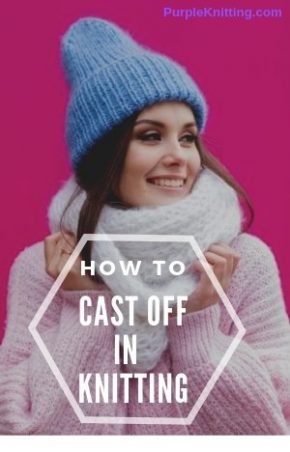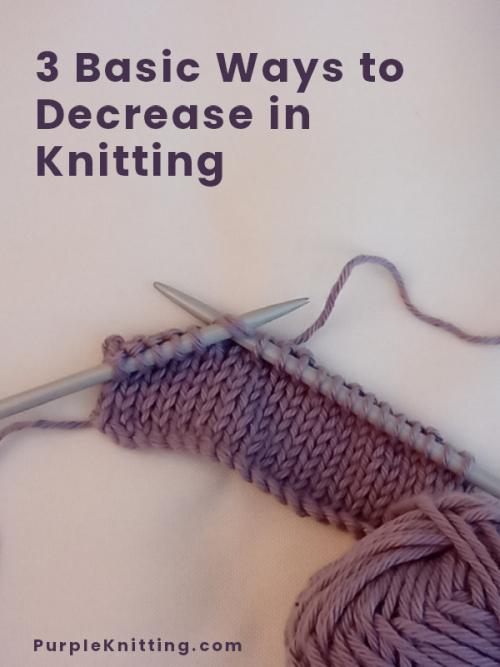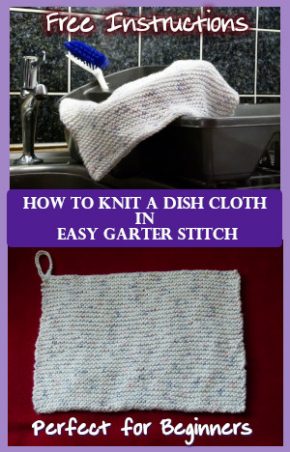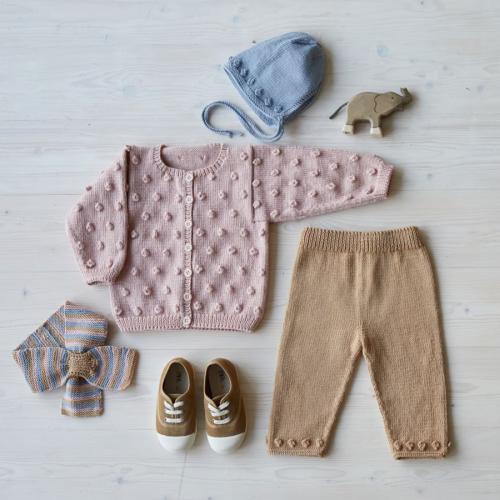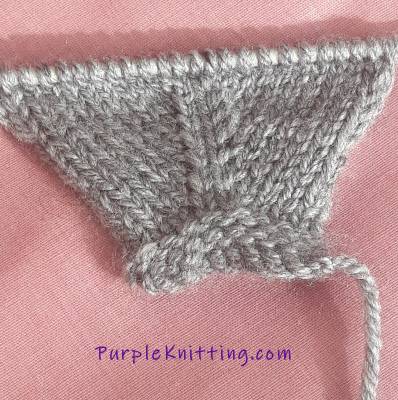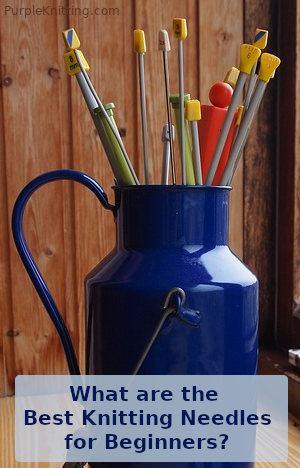
If you’ve decided you want to learn to knit, the first question you’ll probably ask is what are the best knitting needles for beginners?
When I first began to knit as a child I distinctly remember that I found the feeling of holding the needles quite weird. I attempted a project that was far too advanced for me. The needles were quite thin and I struggled for a time. I got there in the end, but I’d have been better off starting with needles that felt more comfortable.
Contents
Shorter Needles are Best for Beginners
New knitters will find that the longer needles feel uncomfortable and awkward. They flap around when you’re not proficient at controlling them. Even as a child, I found it quite irritating.
Size of Needles
Needles with a larger diameter are easier for beginners to use. This is because they are easier to grip being thicker so you’ll feel like you have more control over them. So, if you want a pair of needles to practice with, go for a slightly thicker pair such as a 5mm (US 8) and then you can use an Aran or worsted weight of yarn which is also better for beginners.
Patterns suitable for those new to the hobby will use thicker needles and the corresponding medium to thicker yarns.
Understanding Knitting Needle Sizes
As a beginner, the sizes that needles come in can be a bit confusing until it’s explained to you.
Needle sizes can be described in mm (Metric). For example, a good beginner needle would be a 5mm needle. However, that same needle is also referred to as number 8 in the US and a number 6 in the UK/ Imperial system.
To simplify things there are two needle size systems – the UK and the US systems.
UK System
In the UK needles are mostly described according to the thickness of their diameter in mm.
However, they can also be described with a number that is assigned to each of these diameters. with a large number being given to a small diameter needle. For example, a tiny 2mm needle in the UK can also be described as a number 14 needle.
US System
In the US needles are numbered starting with low numbers for the smaller diameters, and thicker needles have larger numbers. So in the US that 2mm needle would be called a number 0 needle.
Usually, patterns will indicate which needle you should use. I find it useful to keep a conversion chart handy in case I need to check.
It is useful to download and print out a knitting needle sizes chart to keep handy. You can find one HERE
Knitting Needle Types
When I first started learning to knit as a child I used completely the wrong types of needles. My mother had metal ones that she and her mother had used. They were slippy and too thin, with the result that I struggled.
As I grew up, and was able to try other needles, I found that I liked the wood or bamboo needles best as the stitches did not move around as much. There is more chance of dropping stitches when you use metal or plastic needles. Fixing a dropped stitch when you are new to this hobby is not fun!
Wood or bamboo knitting needles are warmer to hold, less slippery to use and have more drag with the yarn meaning that a beginner is not as likely to be dropping stitches off them.
So, in summary, if you are new and wondering what kind of needles you should start with, consider –
- thicker diameter needles such as 5mm
- bamboo or wood
- short, single-pointed needles
This video from Knit with Hannah will help you understand more about knitting needles
The next thing to consider is what’s the best knitting yarn for beginners to start learning with? Find out in this post
